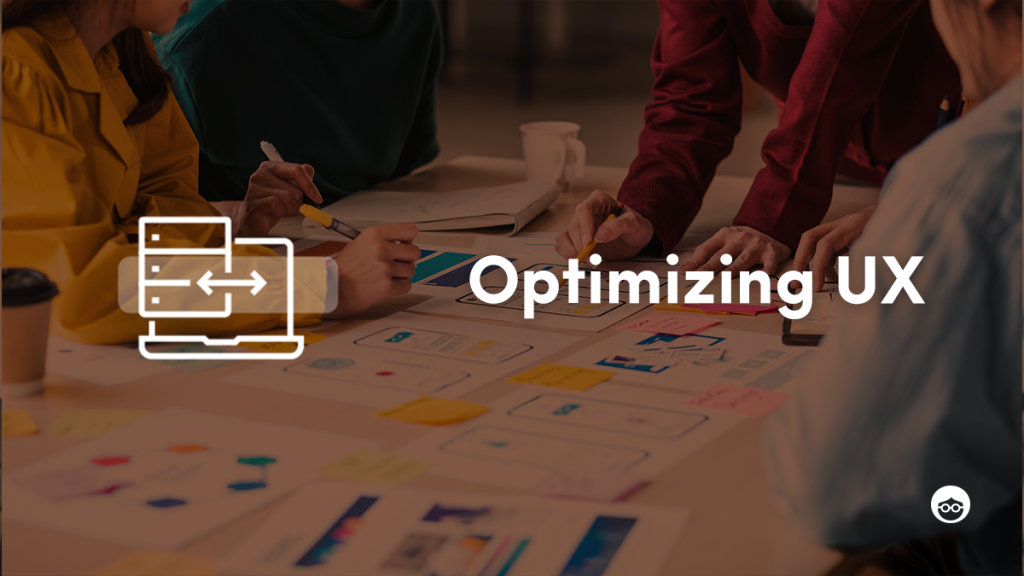8 Network-Wide Measures to Minimize Impact on Publisher Page Load

At Outbrain, we firmly believe that optimizing for user experience is key to driving long term usage and engagement on the web. We have therefore taken a proactive product-led approach to minimize our impact on publisher page load across our network.
Let’s take a closer look at the 8 measures we deployed:
#1 Asynchronous code
We load widgets asynchronously to prevent interrupting the loading of other page elements, reducing page blocking time.
#2 Image lazy loading
We only load images and other resources when needed (i.e. when we identify users’ potential view of the content), which improves performance and saves system resources.
#3 CSS optimizations
We actively optimize CSS code via caching and other methods to minimize CSS loading and weight.
#4 Pre-rendered widgets
We pre-render most of the widget logic on Outbrain servers to reduce client-side effort. This means that the browser has less work to do on the publisher’s side.
#5 Google closure compiler
We leverage Google’s industry-leading Closure Compiler to optimize JavaScript into compact, high-performing code. The compiler removes dead code and rewrites and minimizes what’s left so that it downloads and runs quickly.
#6 Modern formats
We utilize light formats for images and videos, such as webp, to selectively serve the most optimal format based on the user’s device.
#7 CDN & browser cache
With CDN and browser cache for JavaScript, we’re able to optimize our response time and improve security.
#8 SEO neutral widgets
We have an SEO compliant implementation which is designed to align with Google standards. By default, our widgets on page are SEO neutral, meaning that they are not crawled.
These 8 proactive measures help us ensure that our impact on page load is minimal. Do you want to find out more about other initiatives we are taking to help publishers drive the strongest site performance and user experience? Check out our blog post series on Core Web Vitals.




